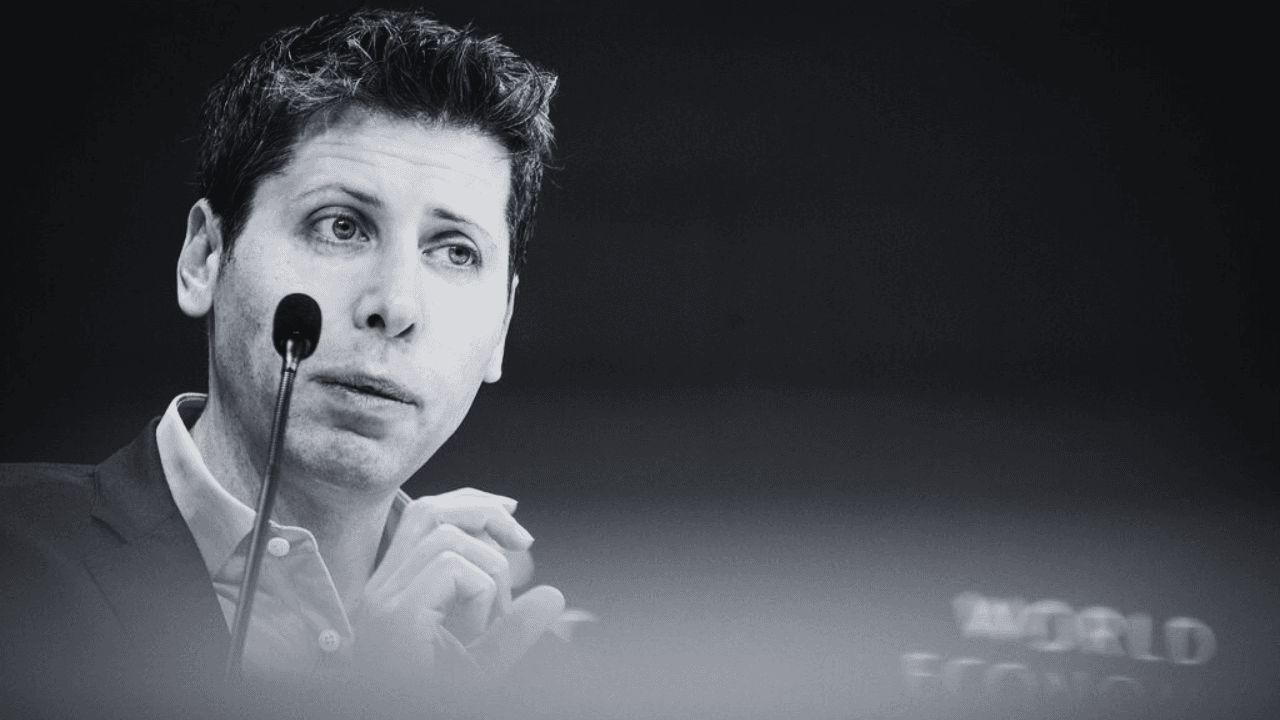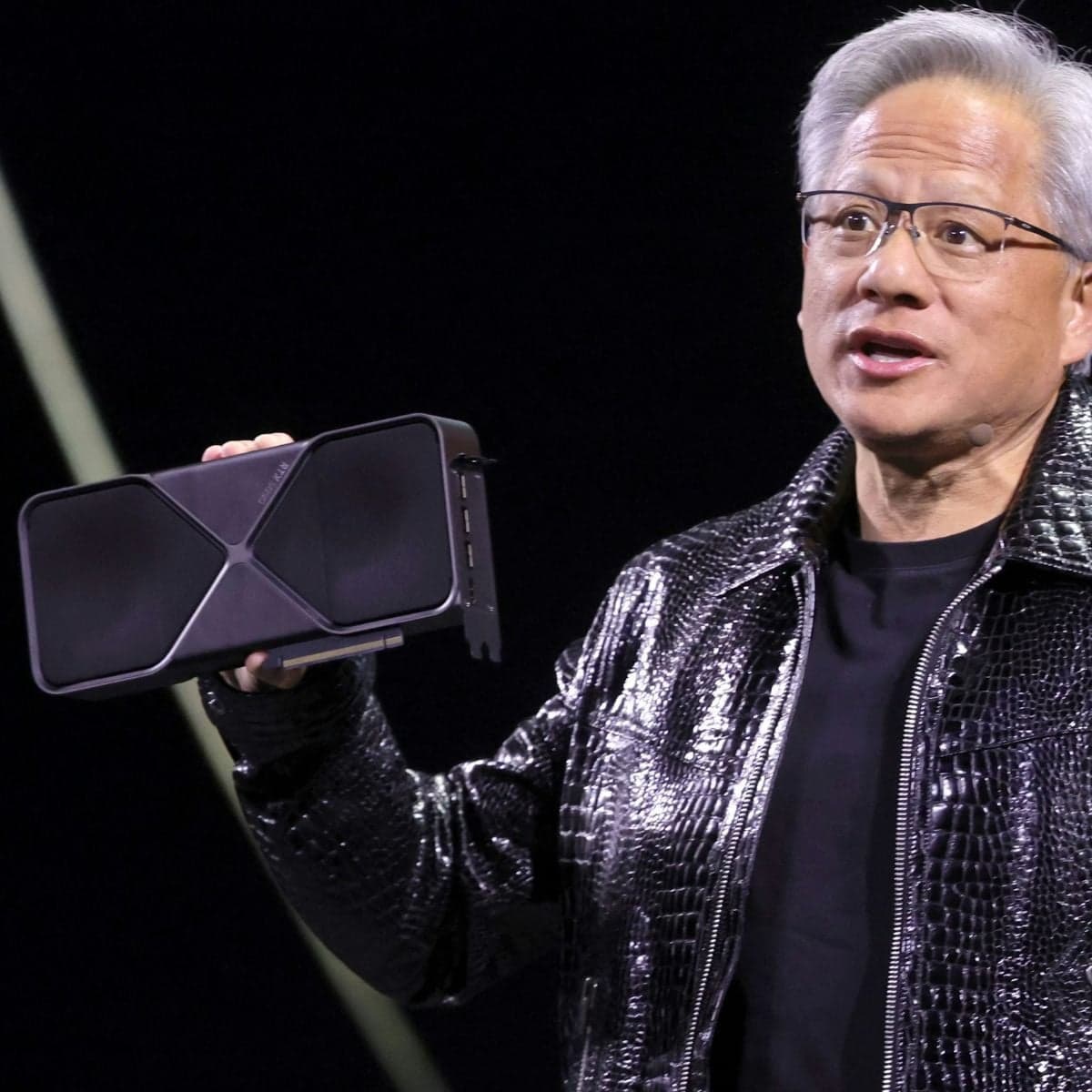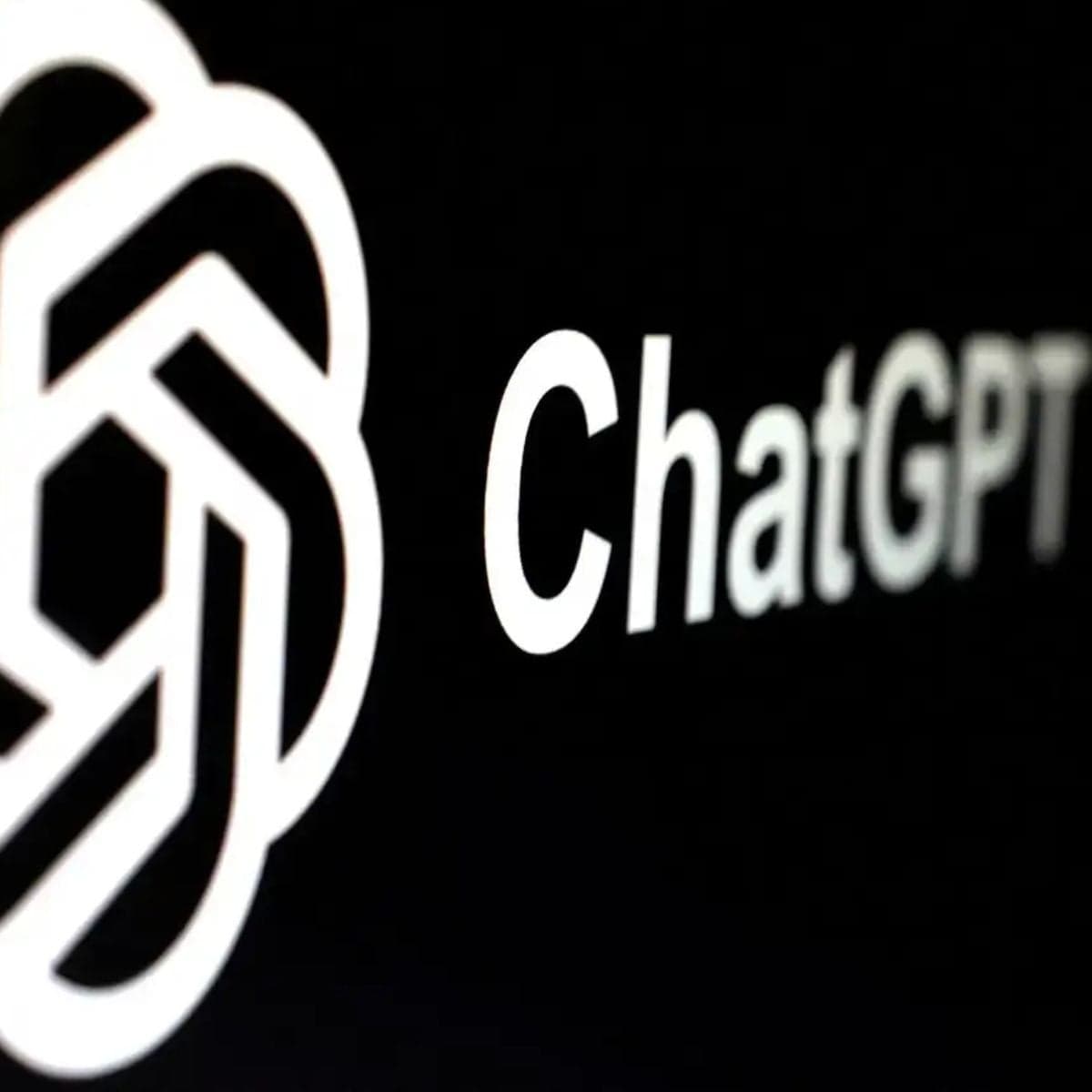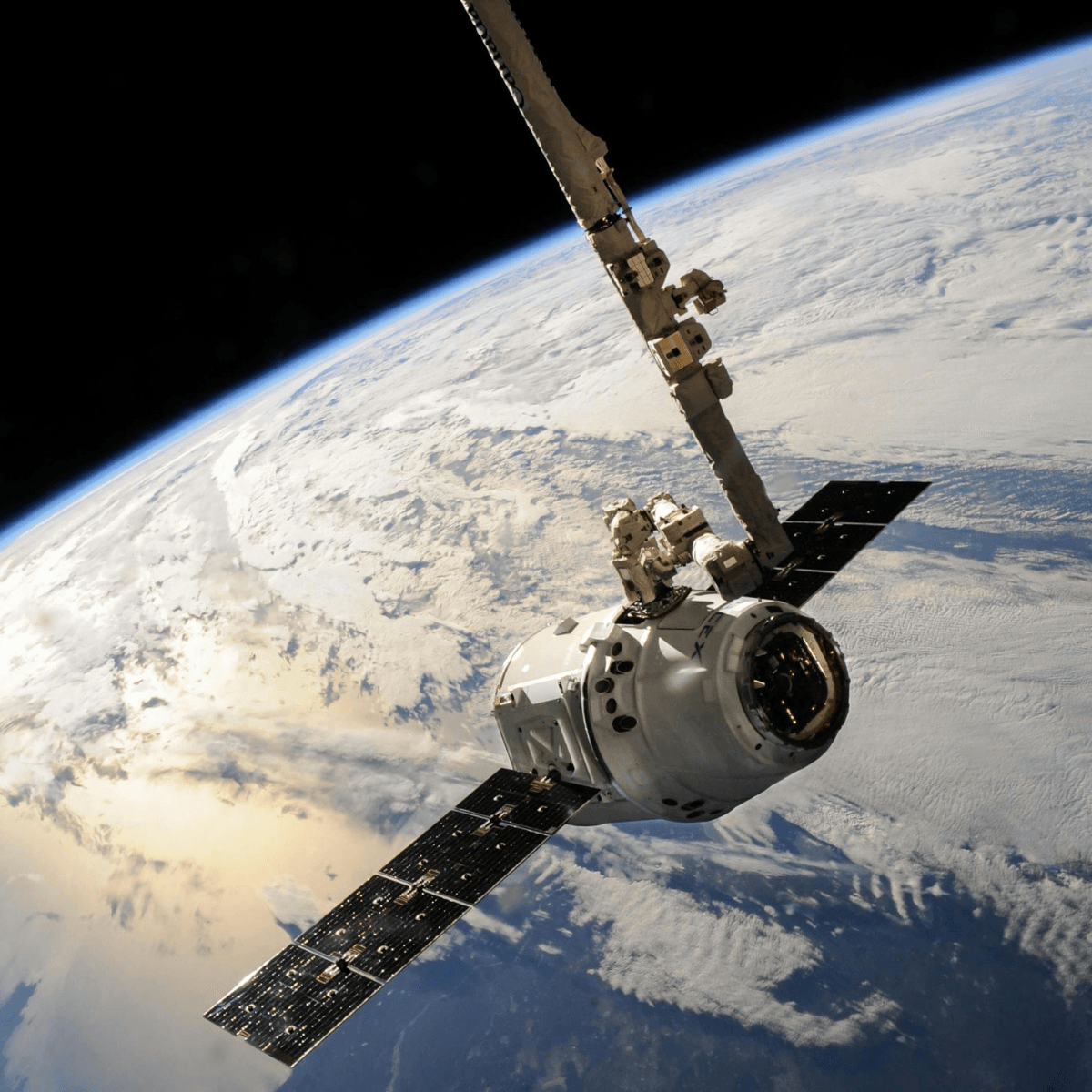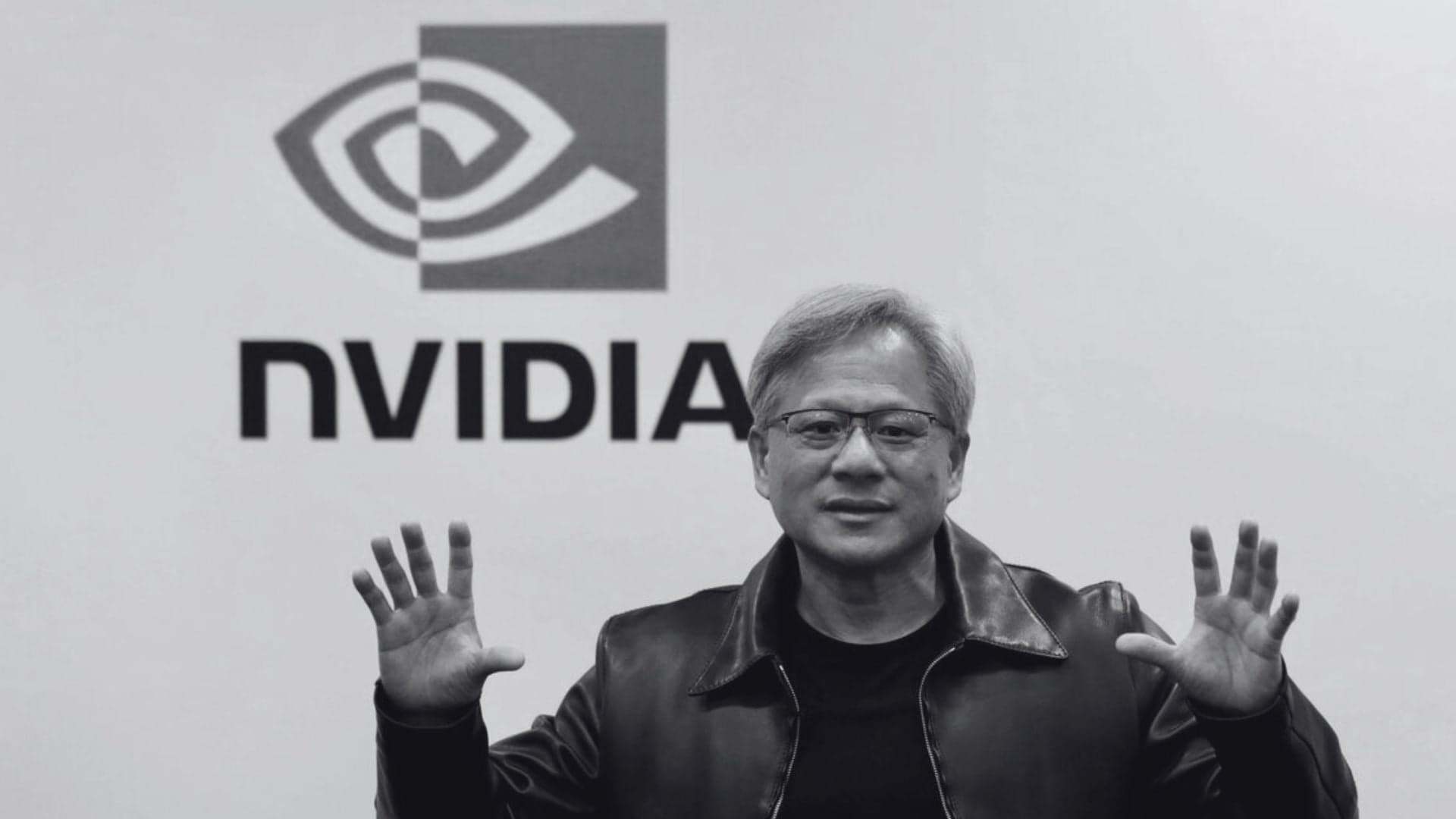Major investors who navigated the dot-com crash are dusting off their playbooks from the late 1990s, but they're finding the current AI bubble presents risks that make the 2000 tech collapse look almost quaint by comparison. The parallels are unmistakable: massive valuations, infrastructure overbuild, and companies spending billions without clear paths to profitability, but the scale and systemic dependencies have fundamentally changed the game.
You can also set us as a preferred source in Google Search/News by clicking the button.
Read my previous report - The Trillion-Dollar AI Bubble Nobody Sees Coming
"What we are doing is what worked from 1998 to 2000," said Francesco Sandrini, multi-asset head and Italy CIO at one of Europe's largest asset managers Amundi. Professional investors are shifting from hyped-up AI stocks into potential next-in-line winners, reviving a strategy that helped some sidestep the worst of the dot-com crash. But this time, the stakes are exponentially higher.
Global corporate AI investment reached $252.3 billion in 2024 according to Stanford University research, with the sector growing thirteenfold since 2014. Meanwhile, America's biggest tech companies : Amazon, Google, Meta, and Microsoft have pledged to spend a record $320 billion on capital expenditures this year alone, much of it for AI infrastructure. Meta CEO Mark Zuckerberg announced plans this year for an AI data center
"so large it could cover a significant part of Manhattan."
Read also - Why AI Safety Officials Keep Quitting Their Jobs
The Debt Canary in the Coal Mine
What's different this time is how the spending is being financed. Meta is reportedly seeking $29 billion via private capital for its AI data center buildout, while Oracle recently issued $18 billion in debt to fund its AI and infrastructure expansion. These moves into private debt markets and special purpose vehicles are raising alarm bells among seasoned investors.
"SPVs mean companies like Meta do not need to show the debt as their debt," Dario Perkins of TS Lombard noted, comparing today's financing tactics to the subprime era when firms shifted risk off the books to reassure investors. "I wouldn't touch this stuff now," said Dario Perkins of Lombard, adding that comparing this market with the dot-com bubble, "we're much closer to 2000 than 1995."
The International Monetary Fund and Bank of England have joined the growing chorus warning of an AI bubble. IMF managing director Kristalina Georgieva recently told investors to "Buckle up: uncertainty is the new normal and it is here to stay." She pointed to surging global demand for gold, with prices reaching $4,000 per ounce for the first time ever, as one example of investor anxiety.
The Productivity Paradox
A recent Massachusetts Institute of Technology report revealed that 95% of companies investing in generative AI have yet to see any financial returns. This disconnect between massive investment and actual productivity gains echoes the dot-com era, but with a crucial difference: today's AI companies face much higher barriers to entry and require substantially more capital.
JP Morgan Asset Management's Michael Cembalest notes that "AI-related stocks have accounted for 75% of S&P 500 returns, 80% of earnings growth and 90% of capital spending growth since ChatGPT launched in November 2022." The concentration risk is staggering - if AI enthusiasm wanes, the entire market could suffer.
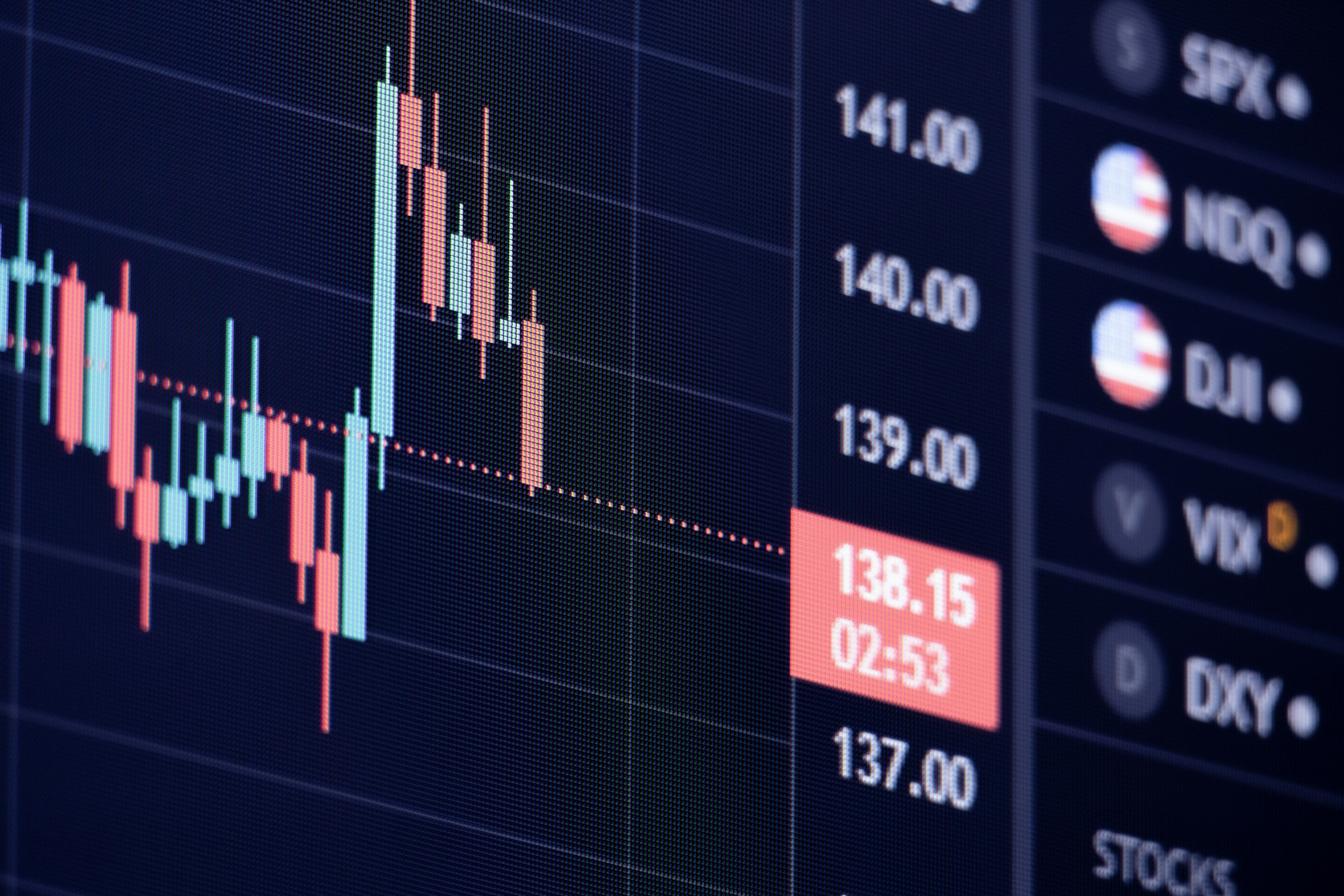
Even OpenAI CEO Sam Altman, whose company reached a $500 billion valuation in October 2025 despite launching ChatGPT in November 2022, acknowledges the parallels. "People will overinvest and lose money" during this phase of the AI boom, he warned.
What makes today's bubble potentially more dangerous than 2000 is the web of dependencies between major players. The lines between revenue and equity are blurring among a small group of highly influential technology companies, to the tune of hundreds of billions of dollars. OpenAI is now taking a 10% stake in AMD, while Nvidia is investing $100 billion in OpenAI.
"Should the bold promises of AI fall short, the dependence among these major AI players could trigger a devastating chain reaction, causing a widespread collapse similar to the 2008 Great Financial Crisis,"
according to analysis from Yale Insights.
University of Michigan professor Erik Gordon, who has called the AI boom an "order-of-magnitude overvaluation bubble," points to recent market movements as evidence of the potential fallout. "More investors will suffer than suffered in the dot-com crash, and their suffering will be more painful," he told Business Insider.
The Infrastructure Trap
The most instructive parallel for today's AI boom lies in the massive infrastructure overinvestment that preceded the dot-com crash. During the late 1990s, telecom companies spent hundreds of billions laying fiber optic cables that wouldn't be needed for years. Today, tech giants are building data centers and AI infrastructure on a similar scale.
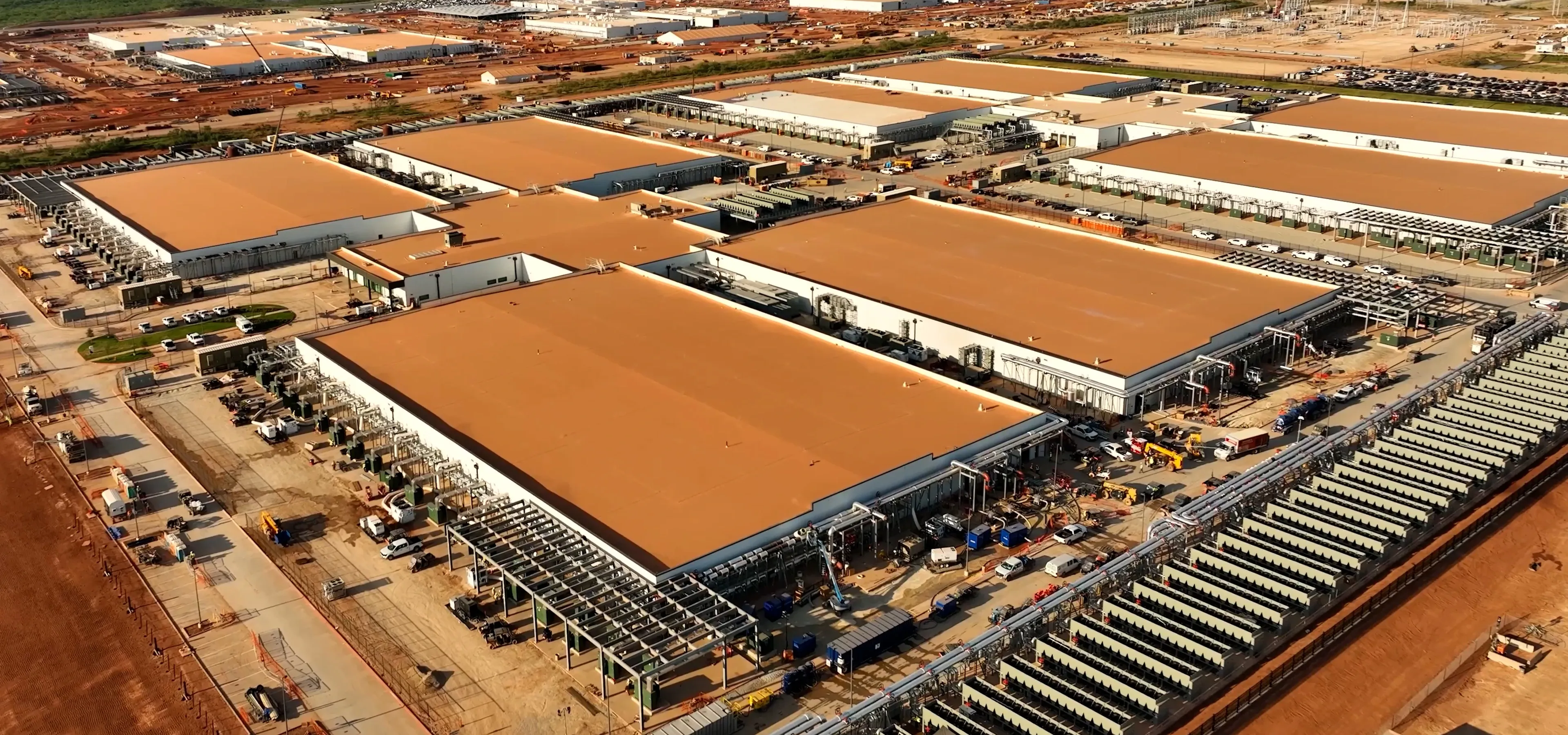
OpenAI is reportedly committed to investing $300 billion in computing power with Oracle over the next five years, which averages $60 billion per year. This infrastructure buildout creates a dangerous feedback loop: companies must keep spending to stay competitive, even if the returns remain uncertain.
"The odds of this AI boom being a bust are very high because you've got companies spending trillions and all fighting for the same market that does not yet exist,"
one investor noted.
Unlike the dot-com era, today's AI companies face a much more complex regulatory environment. Governments worldwide are grappling with how to regulate AI systems that could potentially disrupt entire industries and labor markets. Anthropic CEO Dario Amodei made headlines recently after telling Axios that
"AI could wipe out half of all entry-level white-collar jobs - and spike unemployment to 10%-20% in the next one to five years."
This regulatory uncertainty adds another layer of risk that didn't exist during the dot-com boom. If governments intervene to slow AI deployment or impose strict regulations, it could abruptly deflate the bubble.
The Investor Playbook
Seasoned investors are responding by adopting strategies that worked during the dot-com era. A study by economists Markus Brunnermeir and Stefan Nagel showed that hedge funds mostly did not bet against the dot-com bubble, but rode it skillfully enough to beat the market by about 4.5% per quarter from 1998-2000 and avoid the worst of the downturn.
Today's investors are similarly trying to time the phases of the bubble without calling the peak too early. They're shifting from highly-valued AI stocks into related sectors that might benefit from the next wave of AI adoption, while maintaining exposure to the broader trend.
But everyone acknowledges this bubble is different. The scale is larger, the dependencies are more complex, and the potential fallout could affect not just tech investors but the entire global economy. As one veteran investor put it, "We're playing the same game, but the stakes have been raised to levels we've never seen before."
